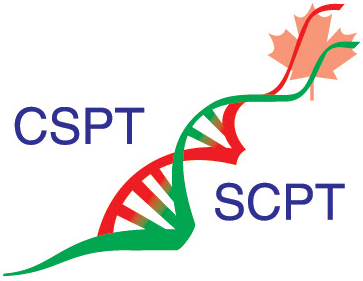Pharmacokinetics (PK)
Definition:
Refers to what the body does to an administered drug. It encompasses drug absorption, distribution, metabolism, and excretion.
Relevance:
A pharmacological response is a result of the interaction of a drug with its molecular target. The first step is for the drug to reach the site(s) of action. Pharmacokinetics is the quantitative description of a drug’s journey in living organisms.
While pharmacodynamics (PD) informs the drug plasma concentration needed for the pharmacological effects, pharmacokinetics informs the dose of a drug that is needed to achieve the target plasma concentration and the kinetics of its steady-state concentration. Thus, pharmacokinetics informs dosage regimens, including how often a drug needs to be administered. Pharmacokinetic parameters such as clearance and apparent volume of distribution are used to calculate individualized doses. This approach is relevant when determining the best loading and maintenance doses for drugs with narrow therapeutic window; specially when these drugs are administered to patients whose drug plasma concentration is likely to vary from the normal population such as the very young, the elderly, the critically ill and patients with hepatic or renal diseases.
Teaching tips:
There is so much to explore when teaching pharmacokinetics! Virtual simulations such the ones developed by ICP (please see reference below) are great visual tools to teach clinical pharmacokinetics. When teaching PK to health care programs, it is helpful to use clinical cases to illustrate how changes in the pharmacokinetic processes can affect patients. For example, how renal failure affects the elimination of drugs and how genetic variability affects the metabolism and bioavailability of drugs.
Good points for discussion:
- Factors that affect each of the PK processes
-
- E.g., aging, blood flow, physicochemical properties of drugs, disease state, etc
- Formulations
- Route of administration
- The interplay between PK and PD
- Rational Dosing
- Drug onset and duration of action
- Maintenance and loading doses
- Half-life
- Adverse drug reactions and the role of PK on drug-drug interactions
- Kinetics of drug elimination
- Hepato-renal function
- Time-plasma concentration curve
- Single versus multi-dose regimens
Linked terms: pharmacodynamics, steady state concentration, clearance, volume of distribution, absorption, distribution, excretion, elimination, metabolism
References:
https://www.icp.org.nz/
